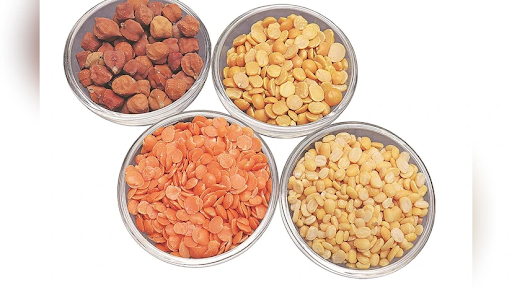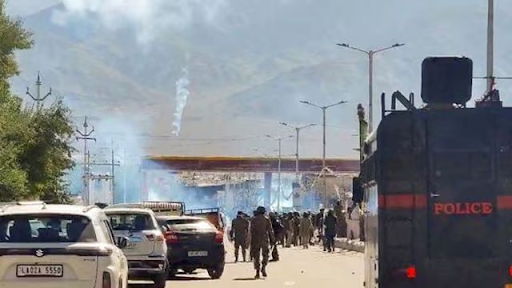





Copyright infringement not intended
Picture Courtesy: https://indianexpress.com/article/india/hc-judges-home-loan-dispute-consumers-panel-rejects-banks-plea-for-more-time-9584648/
The National Consumer Disputes Redressal Commission (NCDRC) declined to give the State Bank of India (SBI) more time to make submissions in a home loan repayment dispute.
The case, “Madras High Court Justice J Nisha Banu v/s State Bank of India (SBI),” emphasises a fundamental principle of consumer law: no matter how high a person is, their consumer rights remain the same.
It was established in 1988, under the Consumer Protection Act 1986 and serves as India's highest forum for resolving consumer disputes.
It is headed by a sitting or retired judge of the Supreme Court of India or a sitting or retired High Court Chief Justice. The headquarters is in New Delhi.
It functions as a quasi-judicial body, meaning it has the authority to decide disputes but is not part of the regular court system.
It serves as an apex body within a three-tiered system designed to resolve consumer complaints in an efficient and accessible manner. The three-tiered system includes:
Any person unsatisfied with the NCDRC's order can appeal to the Supreme Court of India within 30 days.
The Consumer Protection Act 2019 replaced the 1986 Act to strengthen consumer rights. It includes provisions for establishing Consumer Protection Councils at the national, state, and district levels to promote consumer awareness.
The Act defines a consumer as anyone who purchases products or uses services for personal use. It is important to note that this does not include purchasing items for resale or commercial purposes. This difference allows authority to focus on protecting individual consumers, not companies.
Example: A person who purchases a smartphone for personal use is considered a consumer under the Act. However, if a retailer purchases the same smartphone to sell in a store, this act does extend to cover him.
This Act established the Central Consumer Protection Agency (CCPA) to promote and enforce consumer rights. This agency plays a key role in maintaining market integrity and consumer confidence. It operates under the guidance of the Minister of Consumer Affairs, Food and Public Distribution.
The CCPA can investigate claims related to consumer rights violations and misleading advertising. It has the authority to order or recall dangerous goods and withdraw unsafe services. It can impose fines of up to ₹10 Lakh and imprisonment of up to two years for misleading propaganda. If repeated offences occur, the penalties increase significantly.
The Act establishes Consumer Disputes Redressal Commissions at three levels to resolve consumer complaints efficiently:
If consumers are displeased with a decision, they can appeal to the higher-level commissions. The Supreme Court serves as the final appellate authority.
Consumer Protection Rules (E-Commerce) Bill 2020Consumer Protection Rules (E-Commerce) Bill 2020 was introduced under the Consumer Protection Act, 2019 to address consumer concerns in the digital market.
|
Must Read Articles:
NATIONAL CONSUMER DISPUTES REDRESSAL COMMISSION
NATIONAL CONSUMER DISPUTES REDRESSAL COMMISSION
Source:
|
PRACTICE QUESTION Q.Consider the following statements in the context of the Central Consumer Protection Authority (CCPA): 1. It can issue safety notices only after receiving a formal consumer complaint. 2. It can impose penalties of up to ₹10 lakh for misleading advertisements. 3. It has the authority to recall unsafe products from the market. How many of the above statements are correct? A) Only one B) Only two C) All three D) None Answer: B Explanation: Statement 1 is incorrect: The CCPA can issue safety notices suo motu (on its own initiative) without waiting for a formal consumer request. Statement 2 is correct: The CCPA has the authority to impose penalties of up to ₹ 10 lacs on manufacturers, advertisers and certifiers for misleading advertisements. Statement 3 is correct: The CCPA has the authority to order the removal of unsafe goods and services from the market. |






© 2025 iasgyan. All right reserved